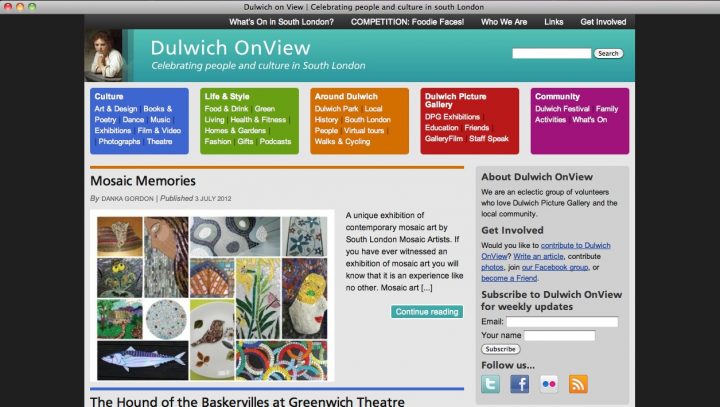
An increasing number of projects are emerging online that are created and fuelled by communities of users, beyond the initiatives of institutions. This kind of citizens’ project – Wikipedia is one of the largest and most popular examples – are forcing cultural institutions to integrate the collective knowledge of their projects. Thus, the museum ceases to be a closed and one-directional space, where the visitor has no possibility of interacting, to become an inclusive space, where the knowledge and creativity of the user count.
MuseumNext is an excellent professional forum for discovering participatory experiences in which the user is also an author, creator of contents and manager of projects. And at MuseumNext Barcelona, some cases were presented that it is well worth highlighting.
Community-designed cultural agendas
Dulwich on View is a blog on cultural activity in the area of Dulwich (London), created based on independent collaborations of volunteers who, on a non-profit basis, take part in the project. Its collaborators met through the Friends of Dulwich Picture Gallery group, and have formed an active virtual community that has life beyond the web, through regular real-life meetings.
Creative Tourist is one of the most widely-read cultural guides in Manchester. It publishes interviews and news with the best-known artists and writers in the United Kingdom. Its creators promote writing and photography through competitions.
The Culture Vulture is another cultural agenda that has promoted many cultural events and is open to all kinds of participation, whether because users have a project that they want to publicise or because they want to write and belong to The Culture Vulture team.
Everyone’s science: participatory projects in science communication
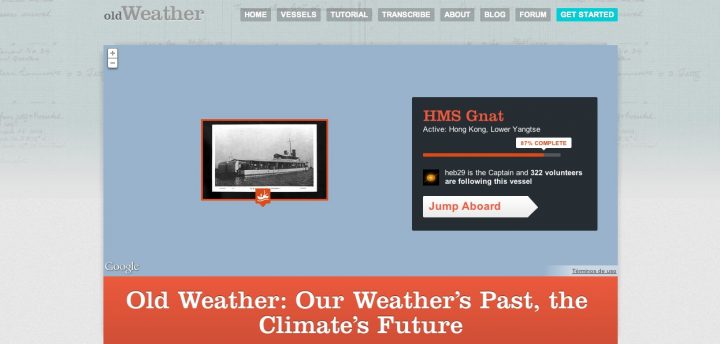 Planet Hunters is a Vizzuality programme in which the scientific community and astronomy fans search for planets. Through data obtained from the NASA (measures of brightness or “light curves” every 30 minutes), users can search for possible cases of transit, i.e. brief falls in the brightness of a planet when it passes in front of a star. These phenomena make it possible to find new astral bodies in the universe. Planet Hunters has received over 12 million classifications from collaborators thanks to which 34 possible unknown planets have been discovered.
Planet Hunters is a Vizzuality programme in which the scientific community and astronomy fans search for planets. Through data obtained from the NASA (measures of brightness or “light curves” every 30 minutes), users can search for possible cases of transit, i.e. brief falls in the brightness of a planet when it passes in front of a star. These phenomena make it possible to find new astral bodies in the universe. Planet Hunters has received over 12 million classifications from collaborators thanks to which 34 possible unknown planets have been discovered.
Another initiative by Vizzuality is OldWeather, an online platform devoted to investigation of the climate that compiles information on the variability of the weather over the course of history. OldWeather is a project that needs the contribution of users, because the more readings that are made of changes in the temperature of the sea and the oceans in the past, the more data are obtained to be able to predict the climate in the future.
Simon Tokumine, a Vizzuality member, explained the success of collaborative scientific project like Planet Hunters and OldWeather: “Be very transparent about your intentions. Find an incredible subject that attracts the public’s attention. Make sustainable contributions and invite people to feel as though they are part of a team and that they can communicate with each other”.
Another museum is possible
MuseoMix is an idea by Samuel Bausson, webmaster from the Museum of Toulouse, that aims to create a more inclusive and open museum model, a laboratory-museum in which agents from different disciplines (artists, programmers, designers, cultural managers, visitors, curators, etc.) can experience new ways of dealing with culture. Bausson explained at MuseumNext Barcelona the experience of the first MuseoMix meeting at the Museum of Decorative Arts in Paris in November 2011. Professionals from diverse cultural sectors presented prototypes designed to change the way in which museums are organised and relate with their audiences.
To celebrate the inauguration of the new Museum aan de Stroom (MAS), this Belgian museum created Phygital tour, a new model for visiting the museum collection that combines the physical presence experience with the virtual. From their homes and via the computer keyboard, users can guide, in real time, a visitor who is physically present at the museum. The visitor can show the works exhibited to the user who is at home via any mobile device with a camera.
Amy Heibel, director of the web and digital media department of the Los Angeles County Museum of Art, explained different digital initiatives carried out by artists. The museum invites different creators to visit the collection and exhibitions so that they can take inspiration and create new artistic works that, subsequently, can be presented online via personalised digital platforms according to each case (websites, apps, blogs, etc.). Some examples of these new museum applications are NightWalk (Anthony Lepore), Quetzalcoatl2012 (Yucef Merhi), Arte Swiper (Jody Zellen) and Project-O-ratorio (Will Pappenheimer and Jon Craig Freeman).
Diederik Veerman, curator and educator of the science and culture museum Museon (The Hague, Netherlands) explained Roots2share, a historical memory project that has managed to recover over 10,000 images of life in the east of Greenland. The initiative has allowed the inhabitants of this country to recognise their ancestors in these images and they have been able to collaborate by telling their stories to enrich the photographic collection. From the website, all the information people have about the images can be contributed. In the future it is planned that, following the recollection of stories and anecdotes offered by users, different exhibitions and activities based around this archive will be organised in the Netherlands and Greenland, along with an experimental digital forum based around this historical heritage.
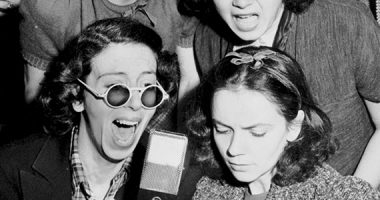
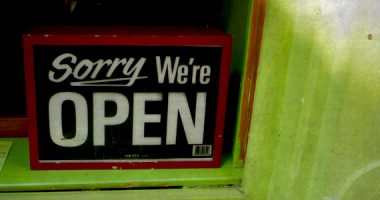
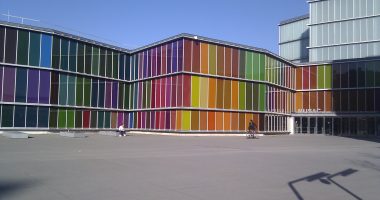
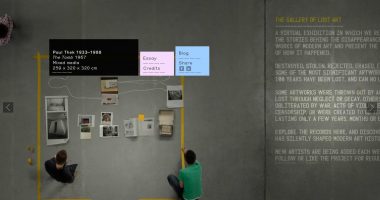
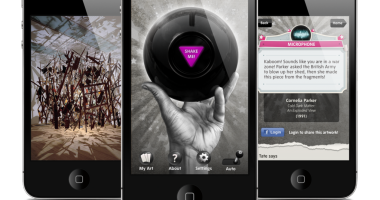
View comments0